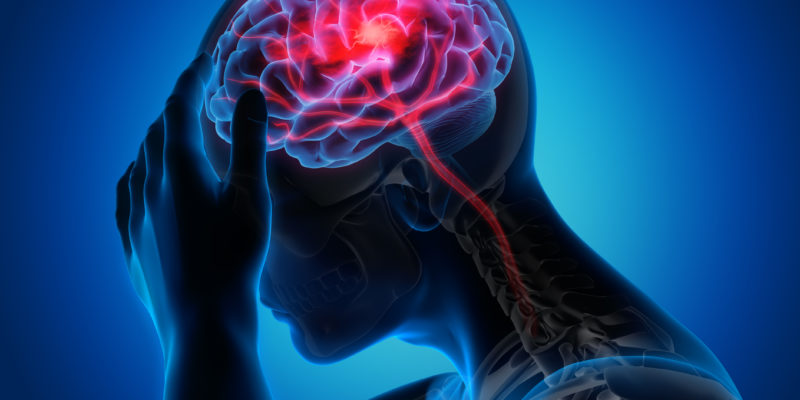If you have seizures or are the parent of a child who has seizures, then…

Types of Seizures
Most people have very fixed ideas about what a seizure looks like. However, there are actually several different types of seizures and they not only have differences in how they present, but also in their causes and how they are treated.
Generally speaking, a seizure refers to a burst of uncontrolled electrical activity between the neurons in the brain. Epilepsy refers to the presence of recurrent seizures. This burst of activity leads to symptoms like unusual movements, changes in muscle tone, behaviors, feelings, and even states of awareness. While all seizures are the result of this uncontrolled activity, that is where their similarities end. Seizures can be one-time events or recurrent.
Focal seizures, also known as partial seizures, get this name because they occur in part of the brain. These types of seizures are generally linked to injury or trauma and are believed to be caused by scar tissue in the brain. Traumas that can cause focal seizures include meningitis, stroke, developmental injury, and physical injury to the brain. In a focal seizure, symptoms start in one part of the brain and can spread to other parts of the brain, which means that symptoms may start out as mild. They may be preceded by an aura, which some people describe as a premonition that a seizure is about to happen, but is actually the result of minor seizure symptoms. Generally, as the seizure spreads, a person begins to experience more symptoms. These symptoms can include shaking, fumbling, muscle stiffness, chewing motions, and feeling dazed or confused. People can be aware when the seizure is occurring, which is known as a simple partial seizure or focal aware seizure.
Generalized-onset seizures do not start in one part of the brain but are the result of simultaneous abnormal nerve discharge surges in the brain’s cortex. They may be genetic but are often triggered by sleep deprivation or the consumption of large amounts of alcohol. There are several different types of generalized-onset seizures. Absence seizures, also known as petit mal seizures, are usually characterized by what seems to be an absence of symptoms and may look like staring episodes. Both childhood absence epilepsy and juvenile absence epilepsy are common subtypes, but while people usually outgrow childhood absence epilepsy, which onsets between four and six, people with juvenile absence epilepsy, which onsets later in childhood, may go on to develop tonic-clonic seizures.
Myoclonic seizures are seizures that result in spasms. Generally, these spasms occur on both sides of the body and usually hit in clusters. Myoclonic seizures can appear on their own or as part of other epilepsy-related conditions. If they develop alongside tonic-clonic seizures during adolescence, they are referred to as juvenile myoclonic epilepsy.
Tonic and atonic seizures refer to seizures that result in sudden stiffness in the arms and body. They may have an underlying disability like Lennox Gastaut syndrome or other underlying intellectual disabilities or brain injuries. Atonic seizures refer to a sudden loss of muscle tone, which can lead to collapse and potential injury. These seizures can occur together, usually as a brief tonic episode preceding an atonic episode. These are known as tonic-atonic seizures.
The final category of seizure used to be known as the grand mal seizure but is now referred to as tonic-clonic and includes both tonic and clonic seizures. They usually begin on both sides of the brain, though they can begin on one side of the brain and spread. They are the seizures of stereotypes and often feature a person losing consciousness, uncontrolled muscle stiffening, and jerking movements. The seizures generally last from 1 to 3 minutes, but there may be a lengthy post-seizure recovery period.



